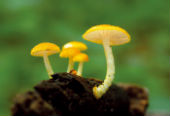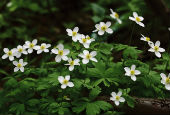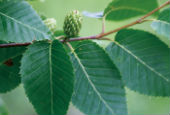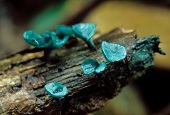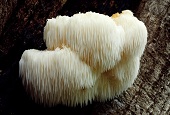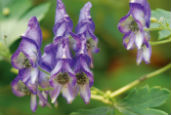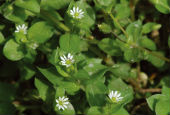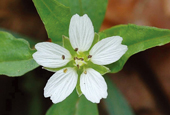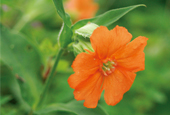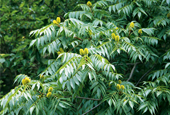View this article in another language
- 한국어
- English
- 日本語
- 中文
- العربية
- Español
- Français
- Deutsch
- Pусский
- Tiếng Việt
- Indonesian
Flora & Fauna of Korea #25
Korea.net publishes a series of articles, “Nature You Meet in the Mountains,” about the peninsula’s mushrooms, insects, trees and herbs & flowers.
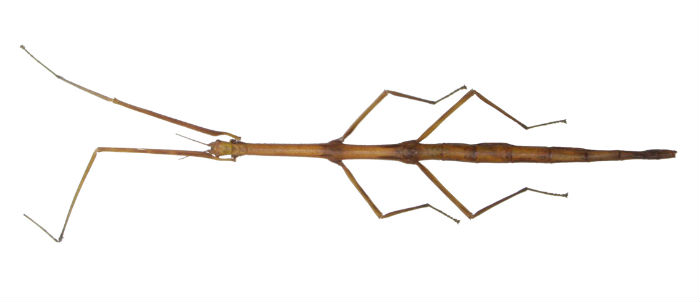
Insects
Name: 대벌레, Daebeolle
Scientific name: Baculum elongatum Thunberg
Distribution: Korea, Japan
This phasmid insect, variously known as a stick insect, a walking stick or a leaf insect, is normally 7 to 10 centimeters long. They are effective at camouflage, turning light brown, black brown, green or light green depending on their location. Most males are light green. Males are much more slender than females, but both sexes are normally slender. The head is longer than the anterior thorax. It has only rudimentary wings and, instead, developed strong legs.
Ecology: It normally inhabits the twigs of trees and grass in forests. It appears once a year, in late fall, between June and October. Males are more nimble and agile than the females. It feeds on various trees, including oak, chestnut, zelkova, kerria, cherry, apple and wisteria.
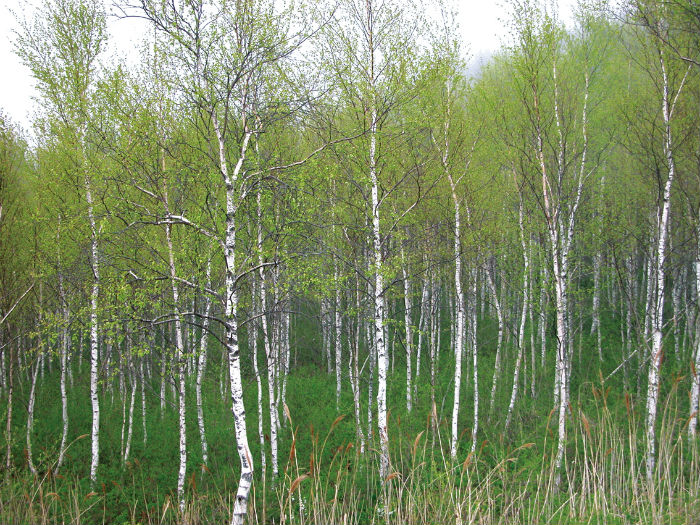
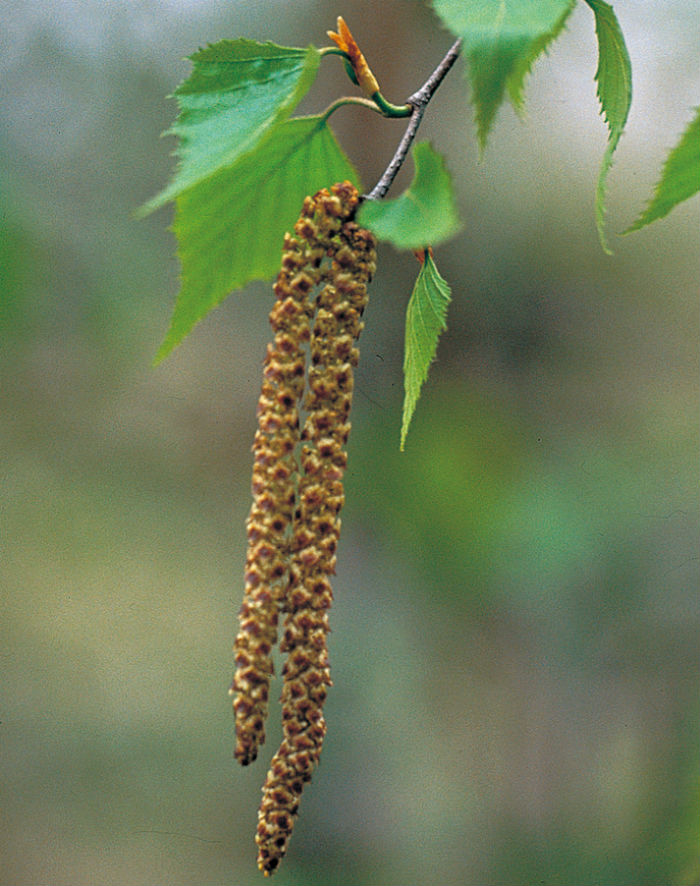
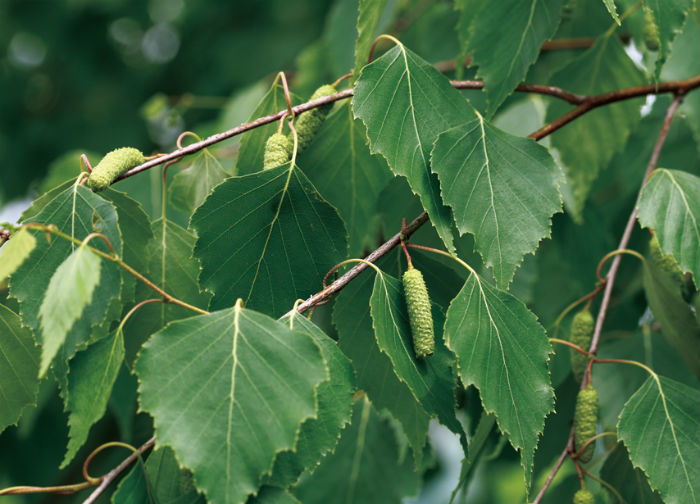
Trees
Name: 자작나무, Jajaknamu
Scientific name: Betula platyphylla var. japonica (Miq.) H. Hara
Type: deciduous braodleaf shrub
Blooming season: April to May
Bearing season: September to October
Distribution: mountains in northern regions
This white birch can grow 25 meters high and reach 90 centimeters around, normally in the deep mountains. It is noted for its white bark, which can be peeled off like paper. The leaves alternate, are ovate and have a tapered end. The edges are dentate. The monoecious flowers bloom in separate catkins. The male flowers are reddish yellow and the female flowers are greenish with drooping catkins. The flowers are followed by drooping pine cones.
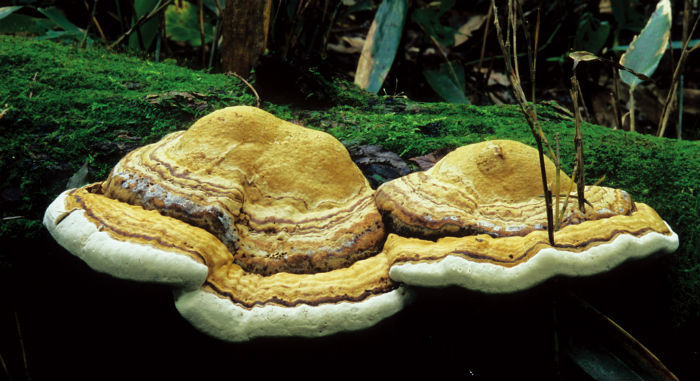
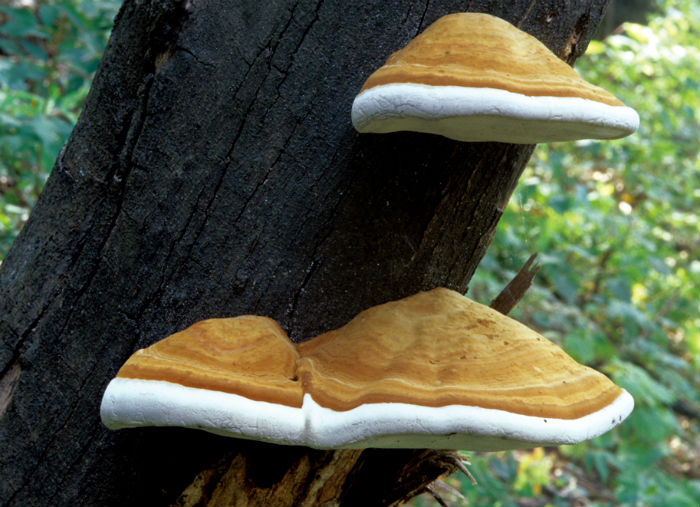
Mushrooms
Name: 말굽버섯, Malgupbeoseot
Scientific name: Fomes fomentarius (L.) J. J. Kickx
Type: saprophile spore
Print: white
Medicinal
This fungal plant, various known as the tinder mushroom, hoof mushroom or ice man mushroom, develops from conifers or from fallen and dead trees. It grows on the side of various species of trees, which it infects through broken bark, causing white rot. It is quite varied in terms of the size of its fruit body, ranging between 5 and 50 centimeters across and 3 to 25 centimeters wide. It is typically shaped like a horse hoof. The upper surface is hard, tough and bumpy. It can vary in color from whitish grey to yellowish brown. The underside has multiple whitish grey margins, each of which is 0.5 to 2 centimeters thick. It has some round pores, normally 3 to 4 centimeters thick and 2 to 5 centimeters high. It shows black brown loops on the surface, whose shapes and depth indicate its age.
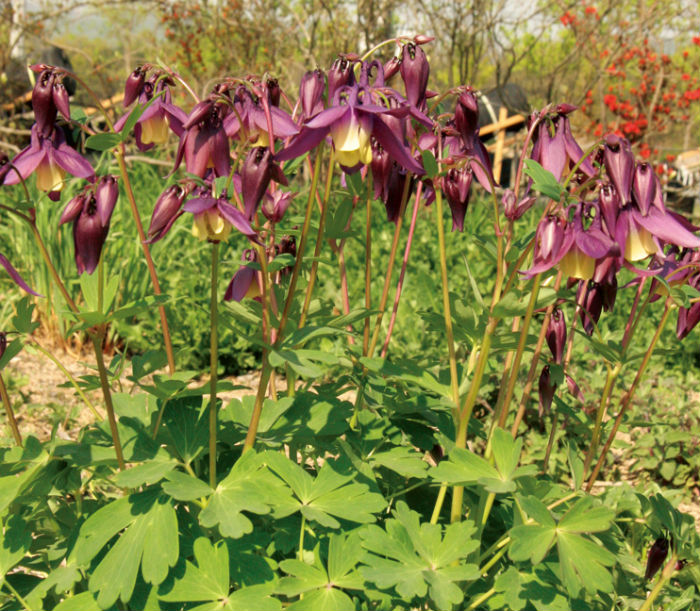
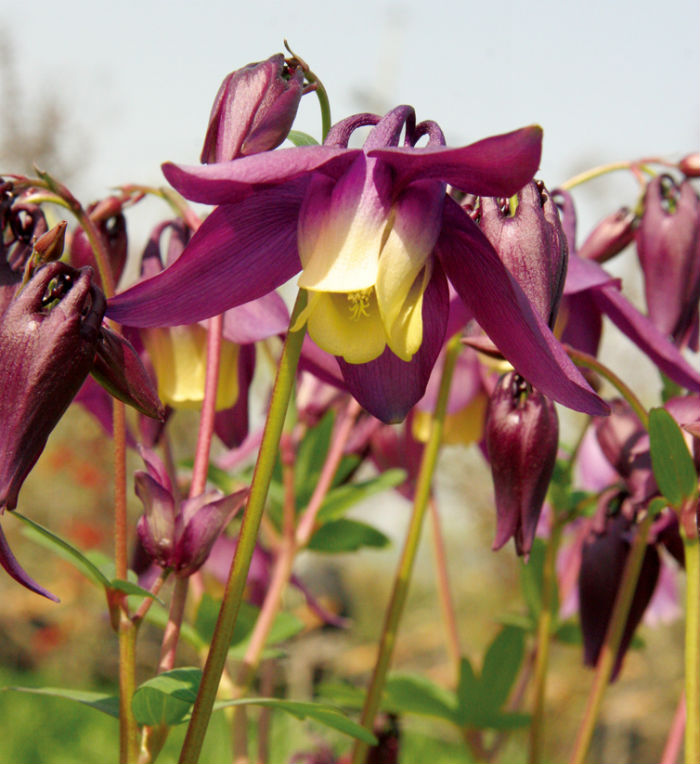
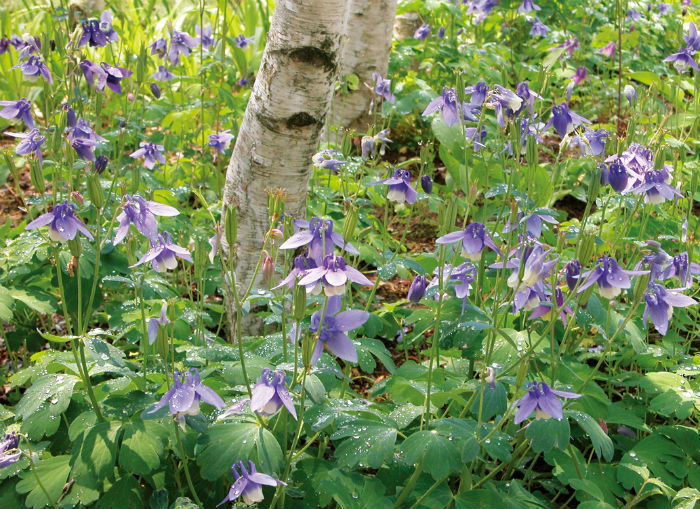
Herbs & Flowers
Name: 매발톱꽃, Maebaltopggot
Scientific name: Aquilegia buergeriana var. oxysepala (Trautv. & C.A.Meyer) Kitam.
Full bloom: May to July
Distribution: mountains in central northern regions
This perennial grows to 50 to 100 centimeters tall in the mountains. The leaves are alternate, are separated into three parts and the underside has a white hue. The flowers are typically 3 centimeters across and bloom facing downward. The inner petals are creamy yellow, while the outer petals are purple. The flower bears five petals.
*This series of article about Korea’s insects, trees, mushrooms and herbs & flowers has been made possible through the cooperation of the Korea National Arboretum.
Korea.net publishes a series of articles, “Nature You Meet in the Mountains,” about the peninsula’s mushrooms, insects, trees and herbs & flowers.

Insects
Name: 대벌레, Daebeolle
Scientific name: Baculum elongatum Thunberg
Distribution: Korea, Japan
This phasmid insect, variously known as a stick insect, a walking stick or a leaf insect, is normally 7 to 10 centimeters long. They are effective at camouflage, turning light brown, black brown, green or light green depending on their location. Most males are light green. Males are much more slender than females, but both sexes are normally slender. The head is longer than the anterior thorax. It has only rudimentary wings and, instead, developed strong legs.
Ecology: It normally inhabits the twigs of trees and grass in forests. It appears once a year, in late fall, between June and October. Males are more nimble and agile than the females. It feeds on various trees, including oak, chestnut, zelkova, kerria, cherry, apple and wisteria.



Trees
Name: 자작나무, Jajaknamu
Scientific name: Betula platyphylla var. japonica (Miq.) H. Hara
Type: deciduous braodleaf shrub
Blooming season: April to May
Bearing season: September to October
Distribution: mountains in northern regions
This white birch can grow 25 meters high and reach 90 centimeters around, normally in the deep mountains. It is noted for its white bark, which can be peeled off like paper. The leaves alternate, are ovate and have a tapered end. The edges are dentate. The monoecious flowers bloom in separate catkins. The male flowers are reddish yellow and the female flowers are greenish with drooping catkins. The flowers are followed by drooping pine cones.


Mushrooms
Name: 말굽버섯, Malgupbeoseot
Scientific name: Fomes fomentarius (L.) J. J. Kickx
Type: saprophile spore
Print: white
Medicinal
This fungal plant, various known as the tinder mushroom, hoof mushroom or ice man mushroom, develops from conifers or from fallen and dead trees. It grows on the side of various species of trees, which it infects through broken bark, causing white rot. It is quite varied in terms of the size of its fruit body, ranging between 5 and 50 centimeters across and 3 to 25 centimeters wide. It is typically shaped like a horse hoof. The upper surface is hard, tough and bumpy. It can vary in color from whitish grey to yellowish brown. The underside has multiple whitish grey margins, each of which is 0.5 to 2 centimeters thick. It has some round pores, normally 3 to 4 centimeters thick and 2 to 5 centimeters high. It shows black brown loops on the surface, whose shapes and depth indicate its age.



Herbs & Flowers
Name: 매발톱꽃, Maebaltopggot
Scientific name: Aquilegia buergeriana var. oxysepala (Trautv. & C.A.Meyer) Kitam.
Full bloom: May to July
Distribution: mountains in central northern regions
This perennial grows to 50 to 100 centimeters tall in the mountains. The leaves are alternate, are separated into three parts and the underside has a white hue. The flowers are typically 3 centimeters across and bloom facing downward. The inner petals are creamy yellow, while the outer petals are purple. The flower bears five petals.
*This series of article about Korea’s insects, trees, mushrooms and herbs & flowers has been made possible through the cooperation of the Korea National Arboretum.
